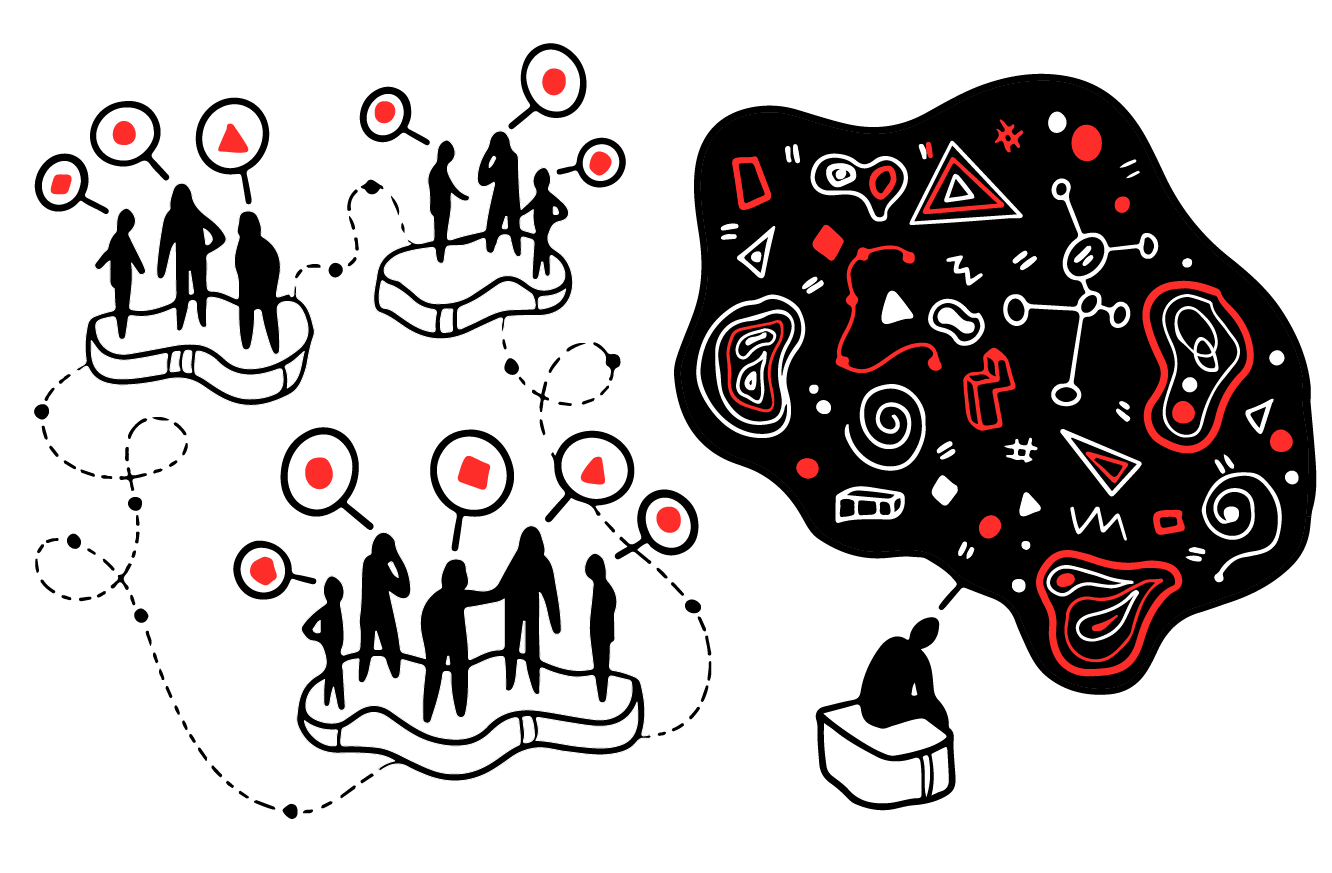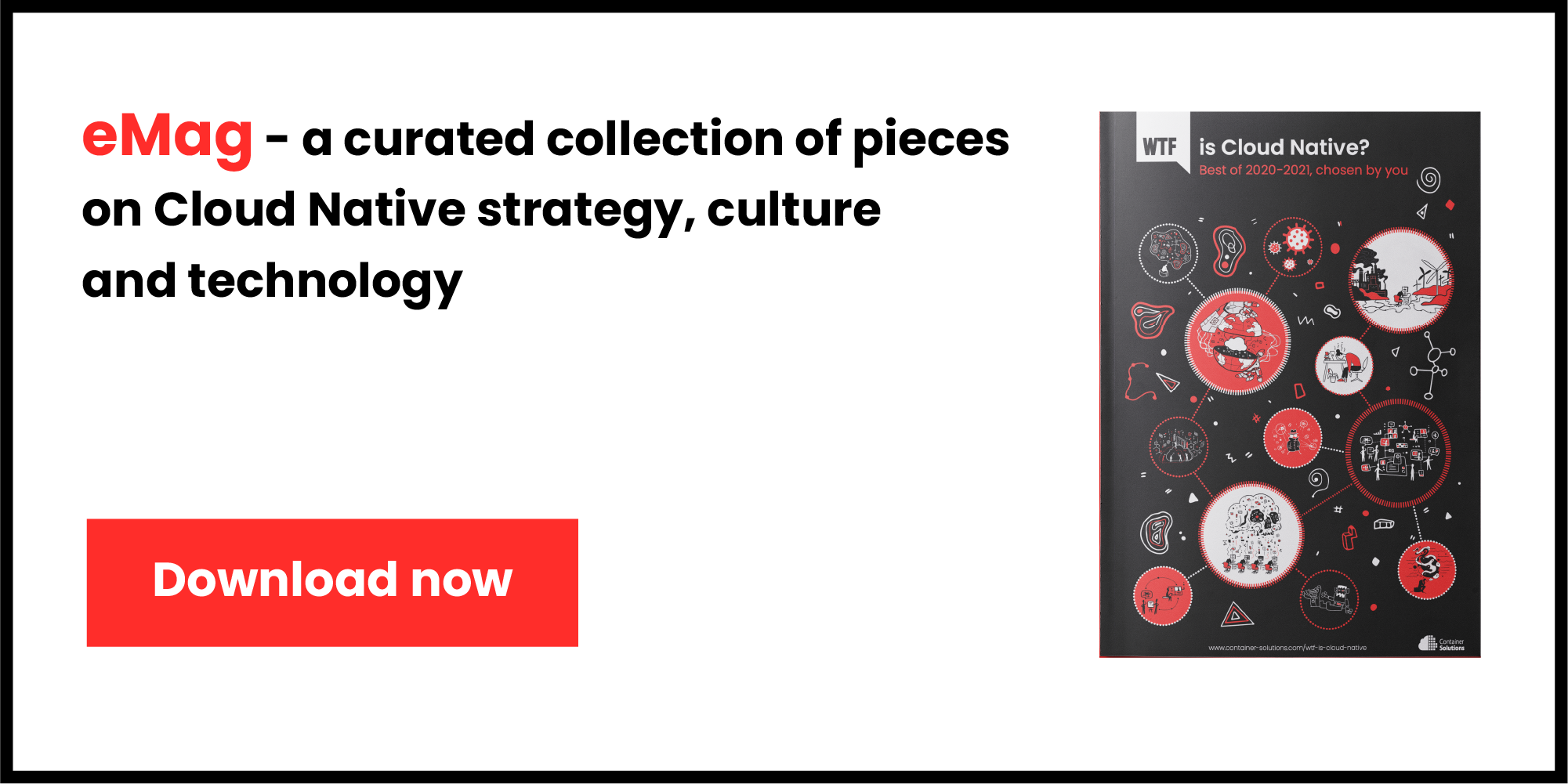As volunteer developer and Microsoft MVP Dennie Declerq said, “Due to my autism I have no paid job. I can’t cope with a day job. I get too nervous. I talk too much.”
Declerq is not alone. While numbers vary, it’s undeniable that employment rates among those considered neurodivergent are very low. In the UK only 22% of autistic adults are in any kind of employment, making them the least likely to work among all disabled groups. This compares with 40% of Dyslexics and 44% of those with attention deficit hyperactivity disorder (ADHD). In the U.S. in 2019, 85% of autistic university graduates were unemployed, compared with the national unemployment rate of 4.5%.
And that’s a shame. Not only are organisations excluding an important part of the population, they aren’t reaping the benefits of working with neurodivergent people either. Neurodiverse teams offer a competitive advantage. Specifically, when neurodiversity is intentionally leveraged, there’s measurable improvements to productivity, innovation, culture and talent retention.
But, like with all diversity, equity and inclusion initiatives, it can’t be done to check a box. Hiring and onboarding of neurodivergent people — and of any marginalised group for that matter — should be done with careful consideration and planning. And it must be a partnership that empowers the least privileged.
We hope in this piece to offer you simple and successful ways to attract and onboard neurodivergent people, setting everyone on your team up for success. We’ve mainly focussed on autism, but have also included some pointers around ADHD and dyslexia. We would also welcome your feedback in the comments below on anything we’ve missed. Because traditional HR processes are habitually leaving people out. Even more so when done at scale.
The Challenges and Benefits of Neurodiversity
As Declerq described it, autism often leads to a mismatch in:
- Communication - seen as talking too much or too little, about limited or specific topics of interest; being uncomfortable with eye contact which can be interpreted as uninterested (at least to Western neurotypicals); perceived as rude for being very honest or direct.
- Executive functioning - this enables people to set goals and get things done. Declerq highlights having trouble with planning, flexibility and time management. This trait is also common in those with ADHD.
- Central coherence - i.e. a global overview of a situation or a topic.This can manifest as not seeing the proverbial forest for the trees—or not applying for a job unless they meet the requirements to a T.
- Context blindness - difficulty with interpreting situations to fit with a specific context. Can lack understanding of nuances like sarcasm or jokes.
Of course none of these are universal and every neurodivergent person is as individual as every neurotypical one. Some other potential traits include prosopagnosia or face blindness—something aided by video-conferencing calls—and other sensory needs involving sound, light and proprioceptive inputs.
These difficulties are far from insurmountable however, and neurodivergent people are often the best candidates for many roles in technology. This is even more important considering the continuing global tech skills shortage.
Auticon is an international IT and data consultancy that exclusively employs autistic adults in permanent contracts at blue-chip companies. This social enterprise’s goals are to:
- Provide high quality careers for skilled autistic adults
- Shift perceptions in the workplace by placing consultants into client teams — so people can see the positive side of neurodiversity rather than only the negatives
- Act as a catalyst for clients to bring more neurodivergent adults into the wider workforce, particularly creating a shift at some of the world’s largest companies
Previous Auticon CEO Ray Coyle said they work with both autistic individuals and the teams they join to overcome certain cognitive challenges, but also to take advantage of cognitive skills commonly found in neurodivergent people, including:
- Enhanced pattern recognition
- Attention to detail
- Sustained concentration
- Logical analysis
- Error detection
This unique skillset makes some autistic people especially good at testing and fixing challenging bugs, compliance, documentation, data engineering, cybersecurity, programming, and several other technical roles.
Conversely, as ADHD coach Anna Granta wrote in a recent LeadDev piece, people with attention deficit disorder are adept as “big picture thinkers.” She says that people with ADHD usually have a knack at communicating with all levels, from junior developers through the c-suite. But she says it is also important to note that they are unlikely to just sit quietly during a meeting, as they are typically very eager to share their ideas.
So how do you find these ideal employees?
Nix the Interviews...And the CVs too
Coyle referred to Auticon as “the most discriminating employer”, saying they test their candidates on both technical skills and the aptitudes listed above. They don’t do interviews. At all. And they aim to be entirely consistent for what they are looking and testing for.
“What is the point of putting them in a one hour highly stressed interview?” he asked, which is why they dropped them from their hiring process completely.
If you do need to hold an interview, please give the candidates the questions in advance, and make it clear what they should expect and what’s expected of them. An interview best practice is to ask all your candidates if any accommodations can be made to improve their experience.
Pair programming exercises, often used in technical interviews, can be particularly challenging. Someone with dyslexia, for example, might feel extremely self-conscious at the number of typos they are making, even though the development environment will catch and correct these. They have likely developed work-arounds for themselves that enable them to do the job. The problem will be exacerbated if they are not able to use their own laptop and therefore don’t have their custom-trained dictionary and other tools. Writing on a whiteboard isn’t much fun either!
The team at Auticon also doesn’t bother with CVs or resumes, only focusing on cognitive and technical skills assessments. Any focus on job history limits diversity and brings in conscious and unconscious bias, particularly in under-employed populations. Auticon uses Geektastic for fully remote, peer-reviewed code challenges. Another good option can be a temp to perm hire, which gives both sides a relatively unpressured way to see if there is a good fit.
“We remove all of the bias, all of the unconscious bias, and all of the challenges that many of the autistic people face in the traditional hiring process,” Coyle said.
Auticon’s mission includes promoting neurodiversity to businesses, in a mutually beneficial way.
“We can deliver for our clients by helping them build neurodiversity by assessing cognitive skills that they’re not tapping into, [and] deliver for our employees by allowing them to contribute to society with better jobs,” Coyle said. He describes autism’s unemployment rate as a “criminal waste of talent.”
Auticon also helps organisations be successful with new hires. “If you build a neurodiverse team, it will perform better, but in order to do that, to put someone in a neurotypical environment, we need to provide more support,” Coyle said. Part of that support is to ensure the team into which you are hiring has strong psychological safety.
Both Sides Need to Be Prepared
If it is a hybrid or in-person role, Auticon will perform a workplace assessment of the physical environment—although whenever possible remote work is encouraged. Even better, ask your new hires where they would work best as, for example, someone who has particular challenges with executive function may be unable to manage remote work.
When neurodivergent employees join your team—or frankly anyone for that matter—make the first steps, including what time to arrive, where to go, who to ask for, and what to wear, very clear. Make it really clear that they are not expected to know everything and asking for help is not only fine, but seen as a positive. Equally though, be aware that asking for help can be anxiety inducing and it may take the person time to feel safe and comfortable enough in the environment to feel that they can. A buddy or mentoring system can really help with both sides of this. Also have the workstation set up in advance and give your new colleagues a clear outline of how onboarding will work.
Another best practice is to have a quiet space available to benefit all staff mental health. And ensure it stays as that and isn’t, for example, taken over for impromptu meetings.
Coyle continued that “Neurodiverse teams function better because you get better teamwork, because you get better management, and because you get better communication”.
Agile and Scrum teams have a lot of rituals, like daily stand-ups and end-of-sprint retrospectives, which involve a lot of public speaking. Auticon asks that their hires be allowed to write their updates instead, for example on Slack, for the Scrum Master to read out. In fact, much of team collaboration hinges on talking and thinking on your feet. Neurodiversity advocate Dr. Sallyann Fruedenberg argues that silence and reflection time is an equally important part of the creative process—and essential for inclusivity. Consider how often that’s planned into your teamwork or workshops.
Pair programming and mob programming can also be high-pressure agile practices, both of which rely heavily on strong verbal communication and, when co-located, close physical proximity. When part of an interview process, these can be particularly exclusionary.
It can be frankly exhausting, as Granta wrote, to expend “energy each day to fit in with neurotypical expectations and seem ‘normal’. This is called masking and takes a toll on mental and physical health, which is one reason why neurodiverse people are more prone to burnout and have very high rates of un-or-underemployment.” This should not be seen as a reason to be nervous of hiring neurodivergent individuals, but rather highlights the importance of creating an environment where they, and everyone else, feel safe to be themselves.
At the start, neurodiverse teams may need more intentional and thoughtful onboarding and collaboration, but, in the end, they tend to also have better communication. Coyle gave the example of “I want it Wednesday at 4 o’clock, 100% accurate”. “OK, so do you want it 100% accurate or at 4 o’clock?”
Similarly, he said that autistic people, like those with ADHD, tend to be more honest and unbiased about their feedback—a psychologically safe trait that the most successful teams share.
Granta pointed out how some agile practices, like breaking tasks up into chunks for stories and sprints, can further ease stress by clarifying goals, milestones and progression.
Another good program to mimic seems to be SAP’s Autism at Work Program. Since 2013, SAP has partnered with autism charities to make sure the job applications, interview processes and onboarding are clear, tailored to the autistic individual, and provide guidance and mentoring. This includes six weeks of pre-employment training to autistic potential employees.
Certainly when in doubt about how to approach any inclusion strategy, partnering with outside, specialised non-governmental organisations, particularly those whose own teams include neurodiverse people, is a good launchpad.
How Do You Work Best?
This may seem obvious, but how many organisations actually ask any onboarding teammates “What would make you most successful at your job?” “Are there any adjustments you need made to your workspace or work day?” Auticon has each candidate fill in a document about “Here’s how to get the best out of me”.
Rin Oliver said their success with onboarding last January as a technical community builder at Camunda also began by writing down and sharing how they best communicate. As a neurodivergent person, they said success all comes down to building psychological safety and trust.
Oliver said this was also a way to address their own employment-related PTSD and anxiety.
"If you are neurodivergent or have anxiety or depression, it already is seen by your employer as you’re wasting time. They don’t see it as productive or beneficial to them for you to take care of yourself.” They continued, “My management team has been very open…They don’t just deal with my anxiety, they actually support”.
Oliver gave the example of the ice storm in the southeast of the U.S. this last winter that saw so many homes cut off from the grid and freezing. Camunda didn’t even hesitate early in their job to say: “Take the day off”.
This speaks to an overarching problem in tech with burnout or, as Oliver puts it, “It’s heavily implied that you can’t take time to take care of yourself if you want to seem productive”. But obviously workers who can bring their whole selves to their work are able to be more productive and creative.
Another thing that has helped Oliver succeed is the push toward remote work, which is often great for neurodivergent people. It’s accessible and you’re able to control aspects of your environment like noise levels, lighting, room temperature, and sensory issues. Plus there’s no dreaded open floor plans that distract everyone. Or unpredictable hot-desking.
Many ways to make life easier for neurodivergent people actually benefit the whole staff. Flexible work is proven to increase inclusion across the board. This includes allowing employees to work from home when they need to and to adjust their start and end times.
Another best practice for all new teammates, including at Container Solutions, is to be assigned two partners, someone to deliver more technical work to, like a line manager, and then a mentor or “buddy” to ask questions of. As neurodivergent teammates attempt to make sense of a new situation, they tend to ask more questions than neurotypical people. That’s good! It helps hone your onboarding and communication process to have more things clarified and written down from the start. But having designated people to answer both technical and non-technical questions will also allow your new team members to feel safer.
And of course all of these measures must be taken without judgement. A rising tide lifts all boats, and when you work to develop better working conditions for one group, it benefits everyone.
Finally, remember, it’s up to the individual to disclose if they are neurodivergent or neurotypical. Not you. Even if you think you are being helpful, you have no right to breach someone’s privacy. Instead, a lot of these best practices extend to benefiting everyone, so just make a habit out of being better at onboarding, no matter who’s coming on board.
And always ask the newbies what they think is best for themselves. After all, they are the key stakeholders you’re trying to help make successful.
Additional resources
On February 16th Charles Humble and Jessica van der Berg co-hosted a Twitter Space where we discussed neurodiversity in the workplace. Guests included Jamie & Lion, Nikema, William Faulkner and Jennifer Riggins.You can listen to the audio below.
The speakers also recommended the following resources for follow up:
- Remote Team Agreement Template
- How to Make Tech Interviews Suck Less
- The Job Accommodation Network (JAN) is the leading source of free, expert, and confidential guidance on workplace accommodations and disability employment issues
- NeuroTribes: The Legacy of Autism and How to Think Smarter About People Who Think Differently by Steve Silberman
- NeuroDiversity: The Birth of an Idea by Judy Singer as well as Judy’s ongoing reflections on Neurodiversity
- Podcast: 1800 Seconds on Autism
From home and family to humour and epic geekiness, this is a funny and enlightening podcast about thinking differently. With autistic hosts Robyn Steward, Jamie and Lion, and guests.



 Previous article
Previous article
